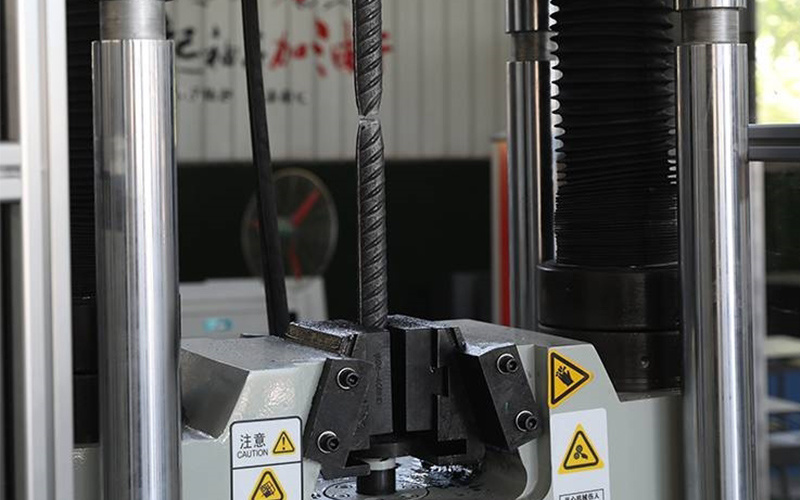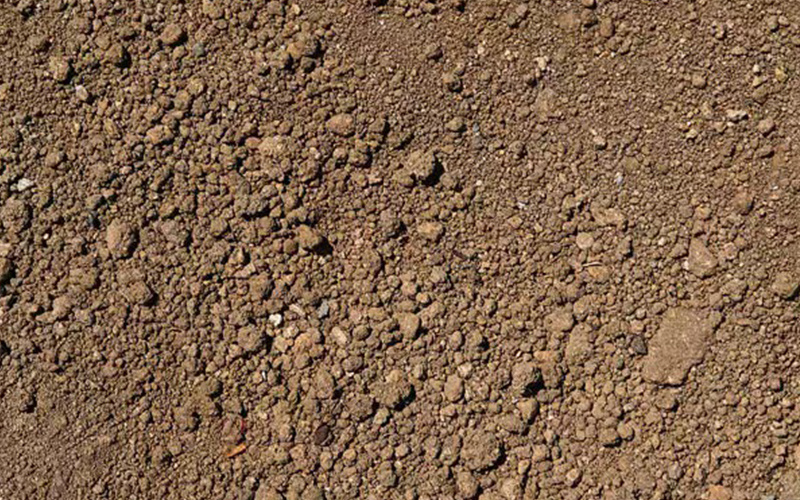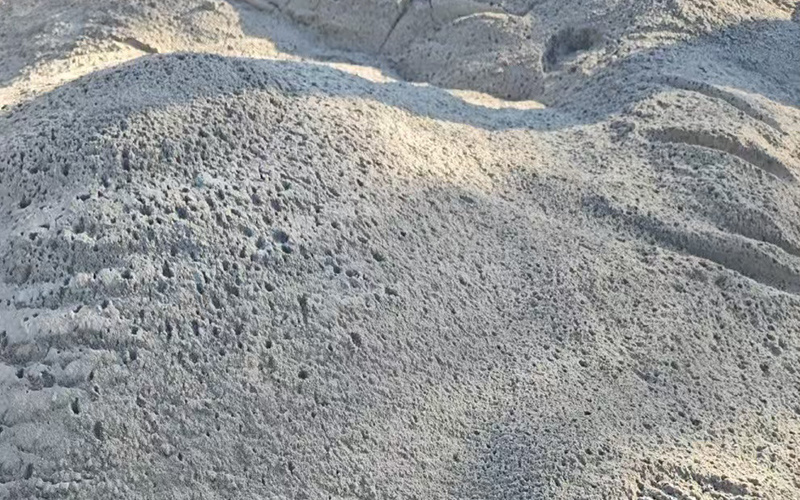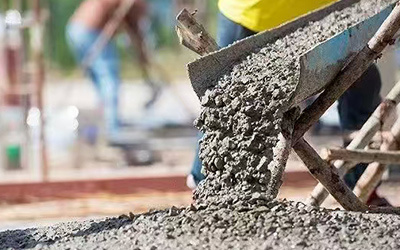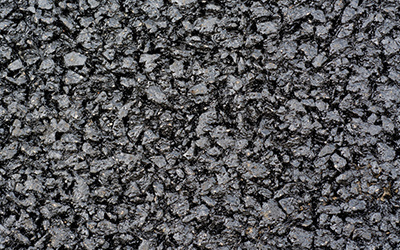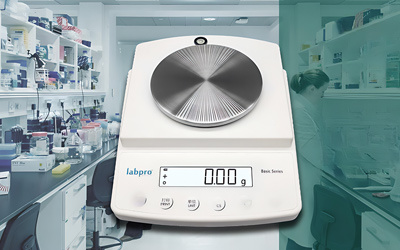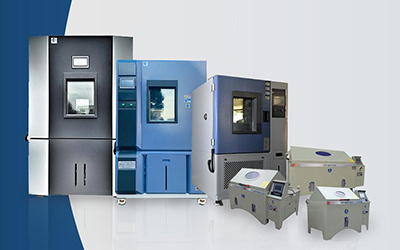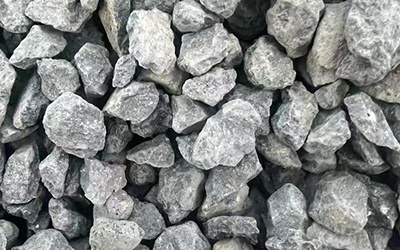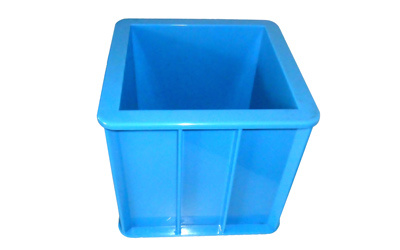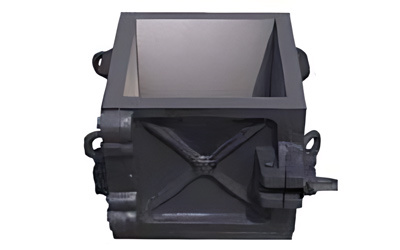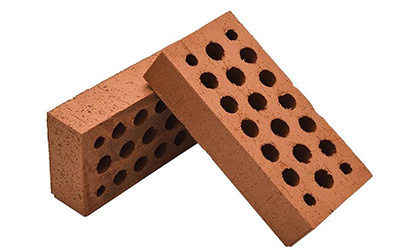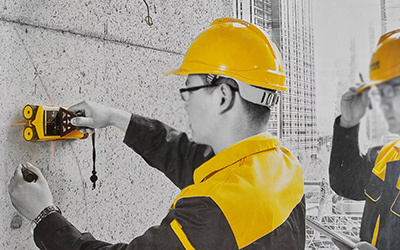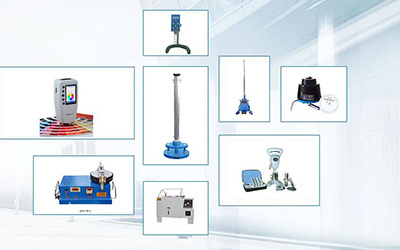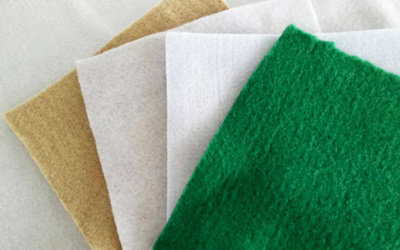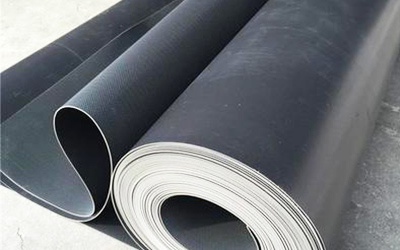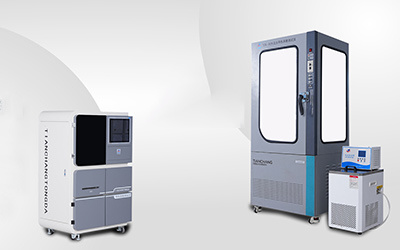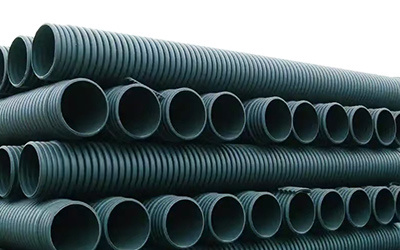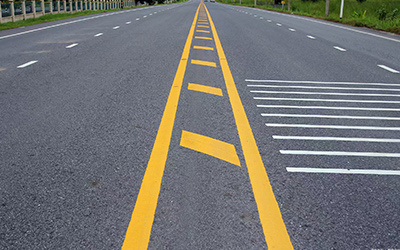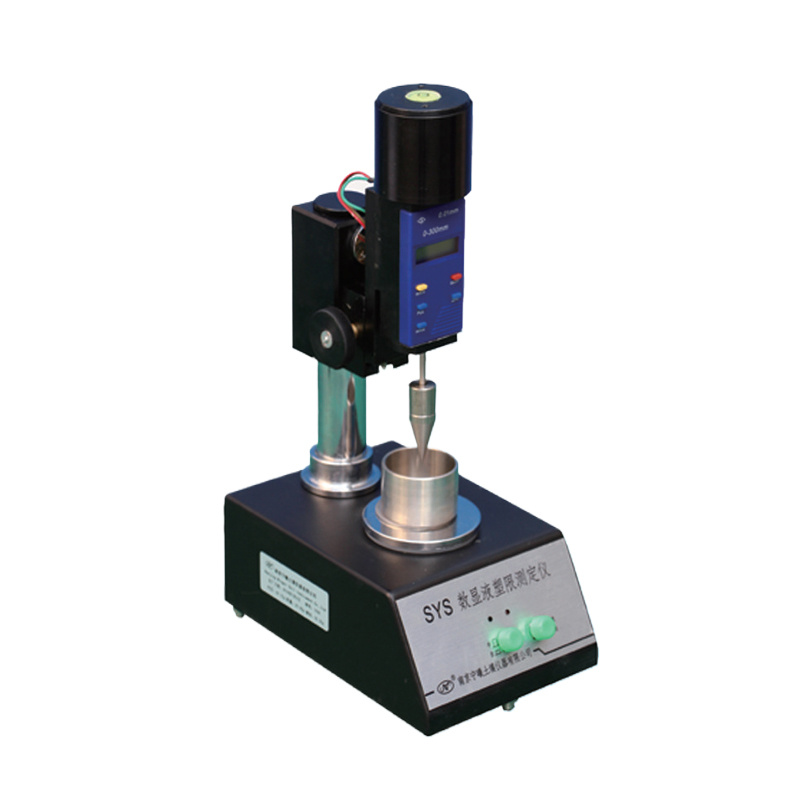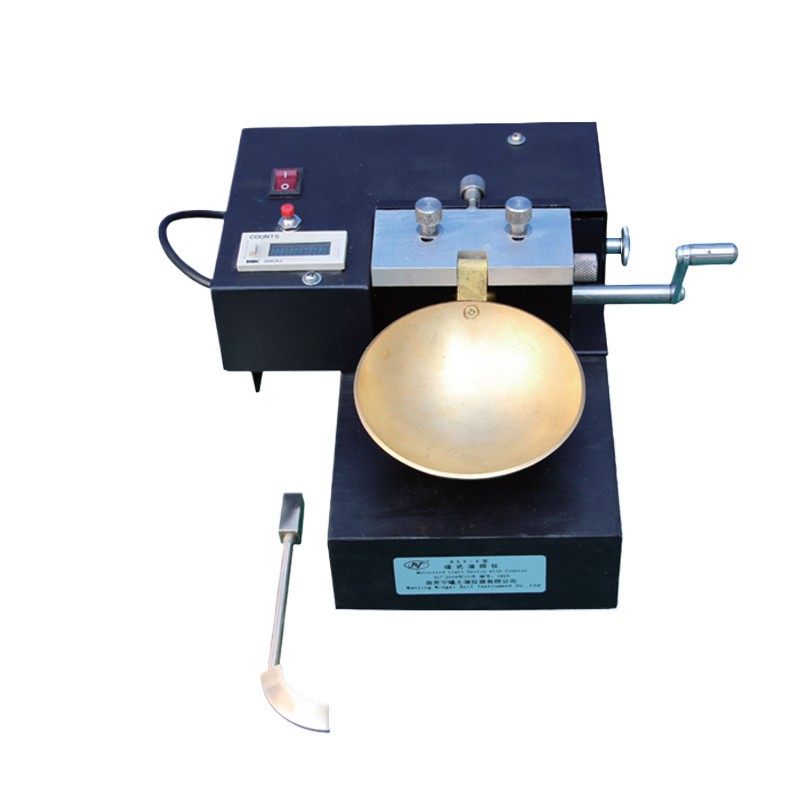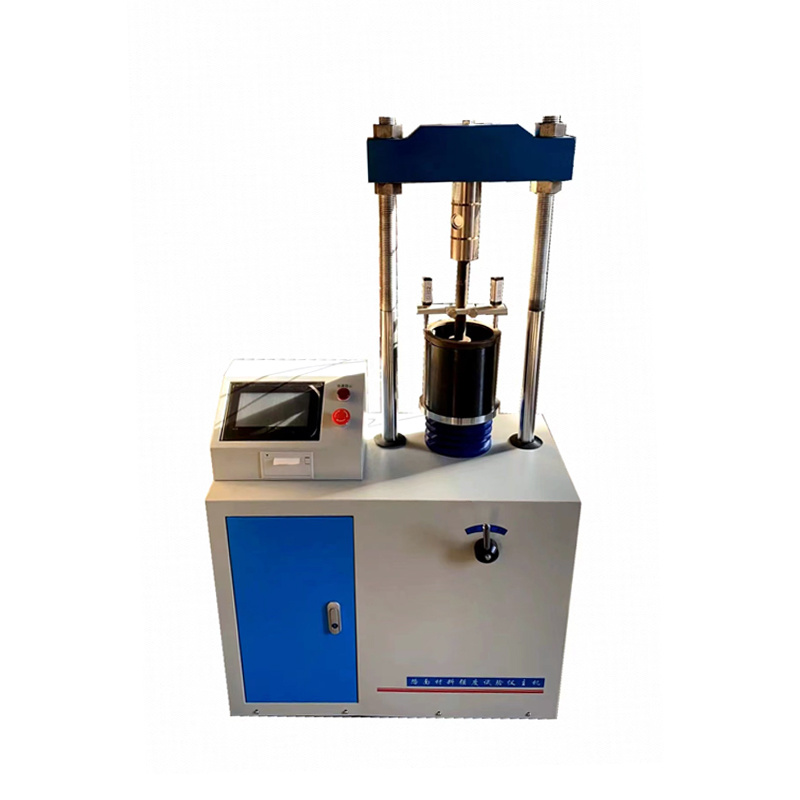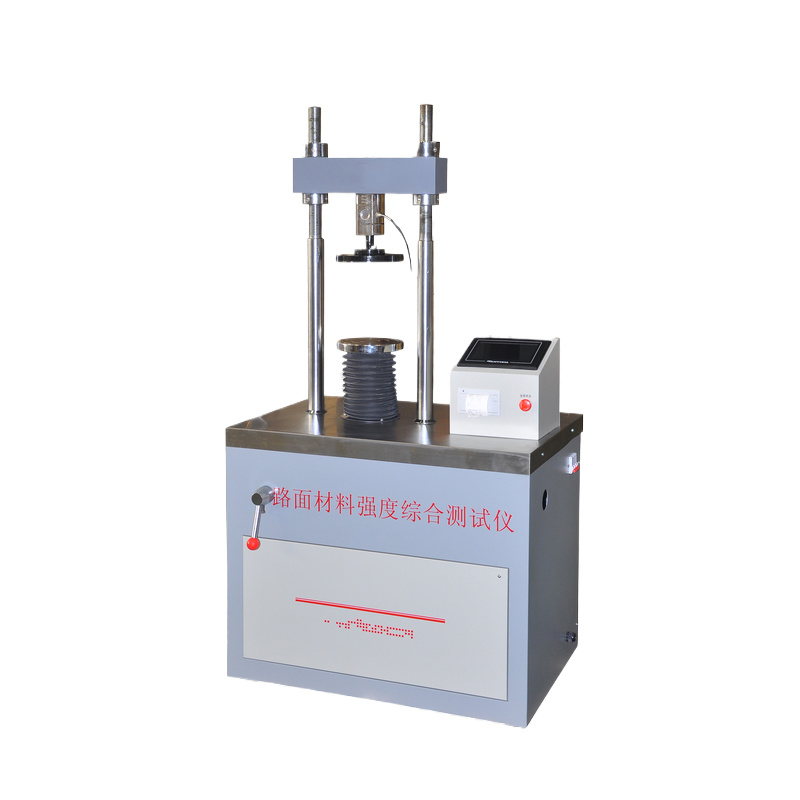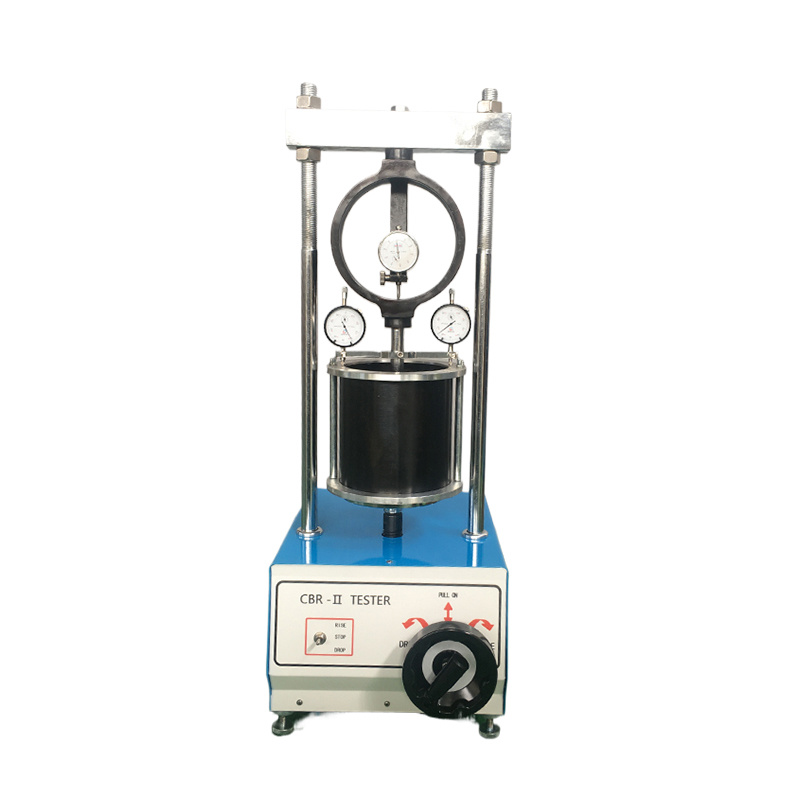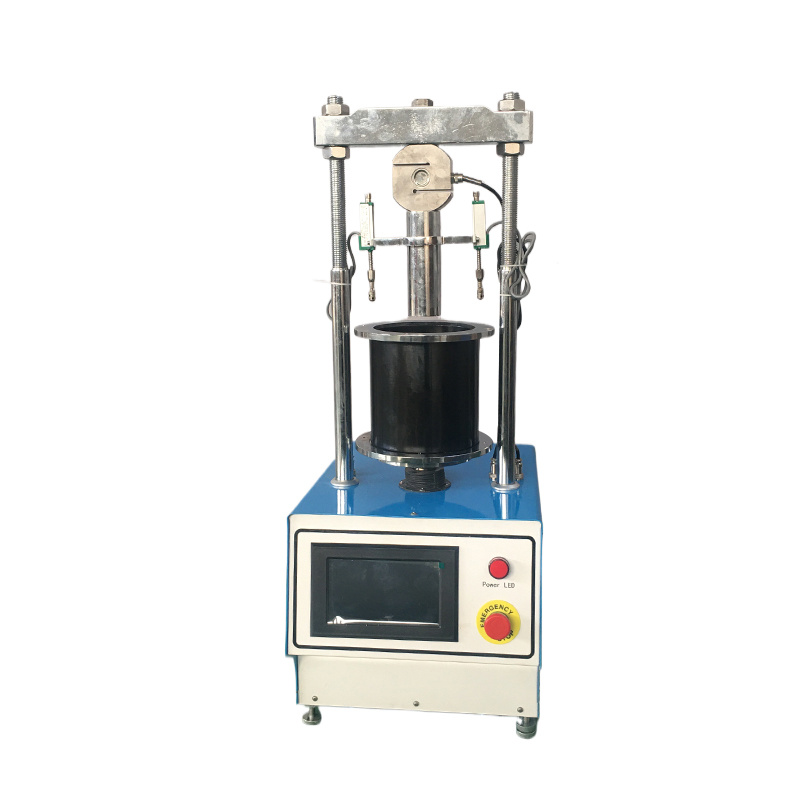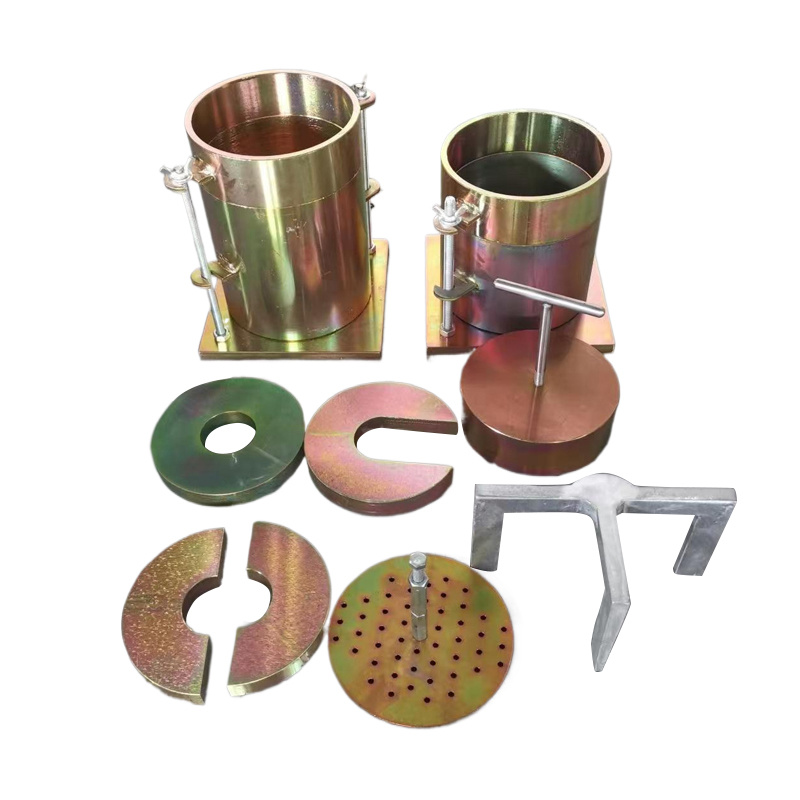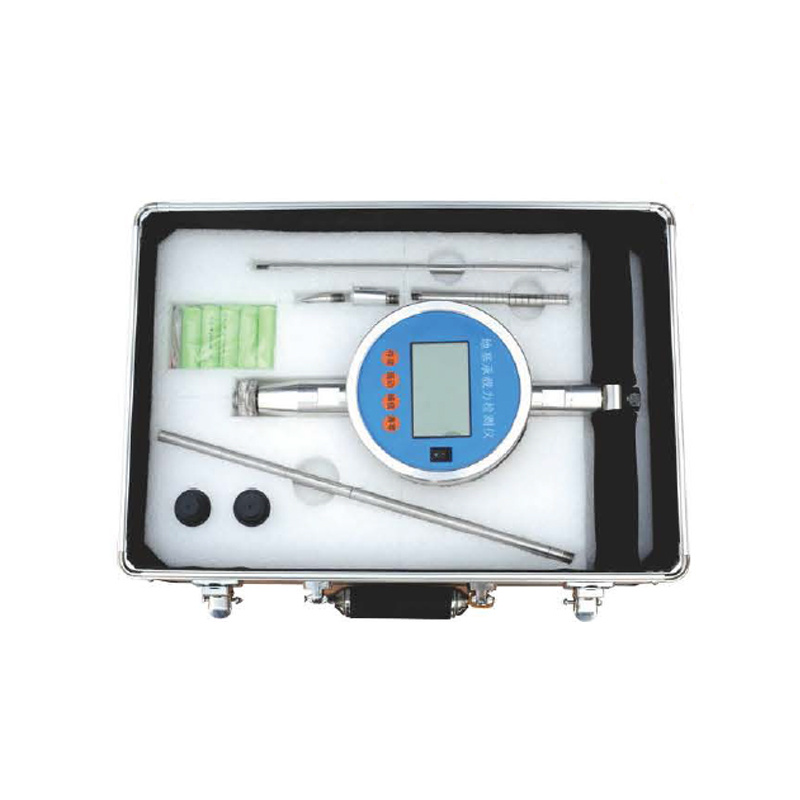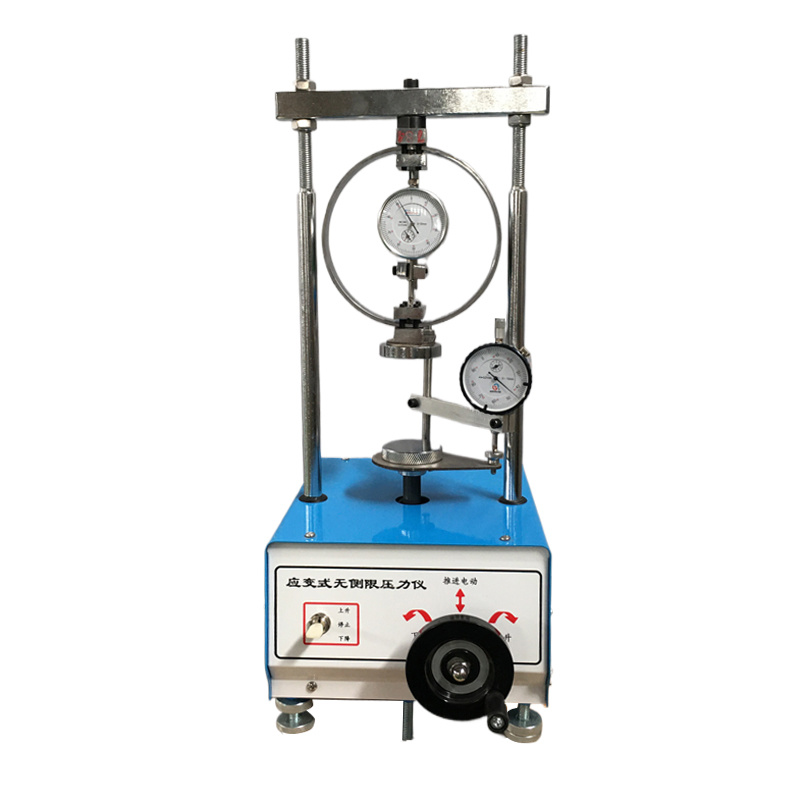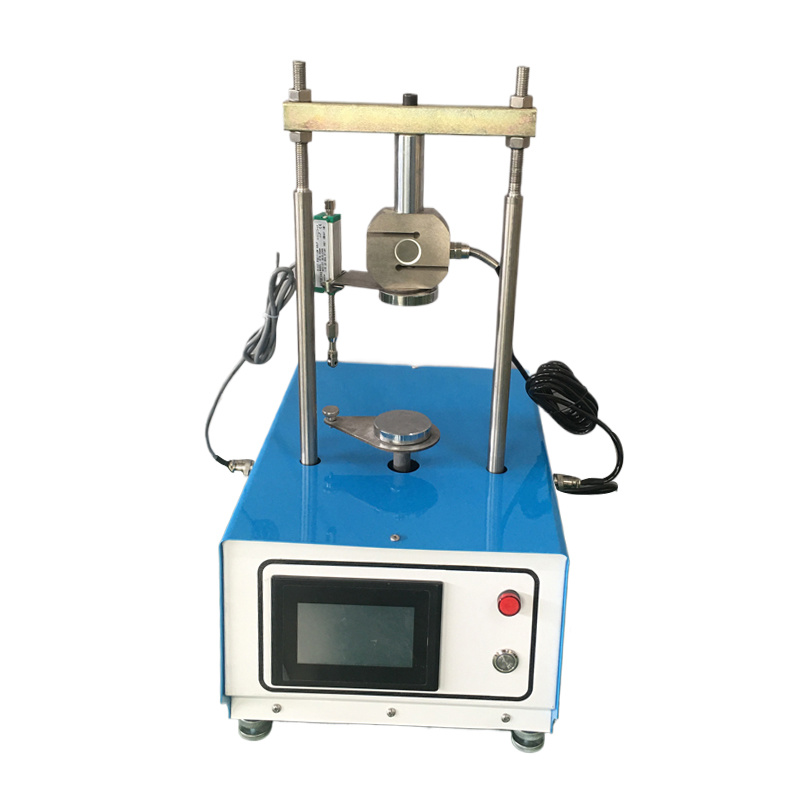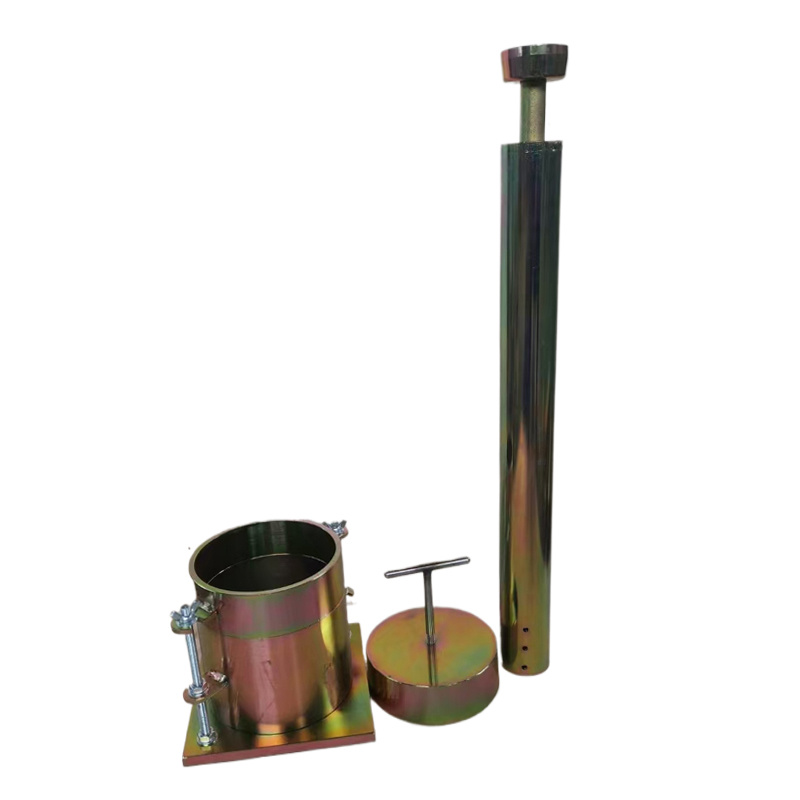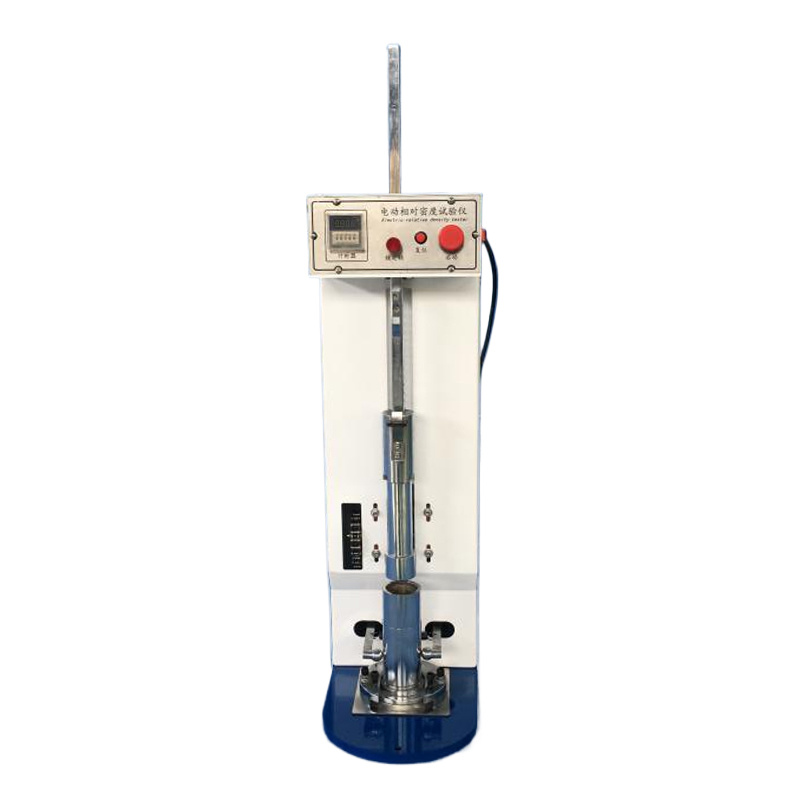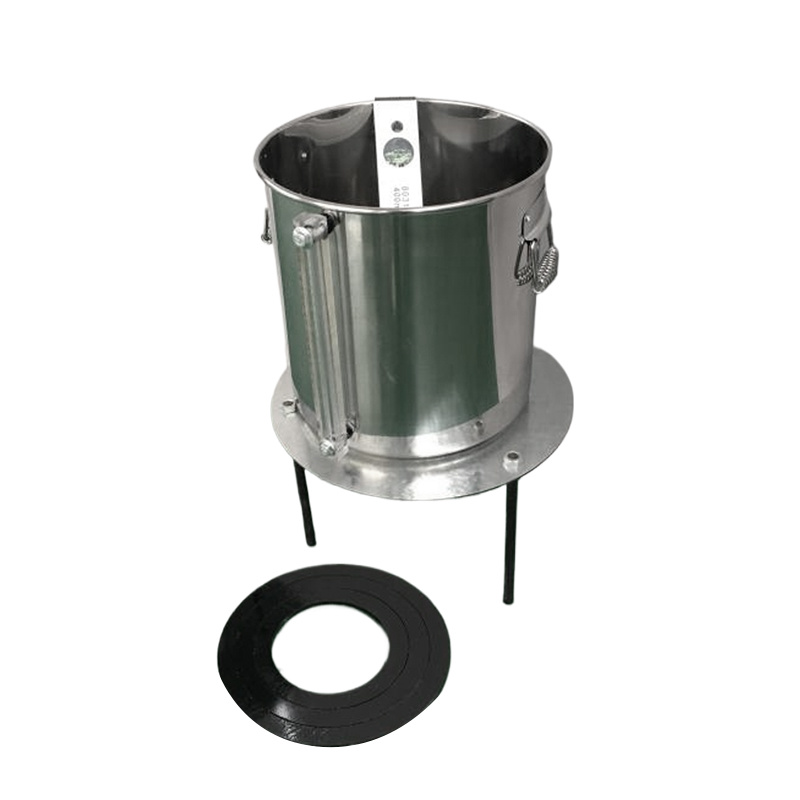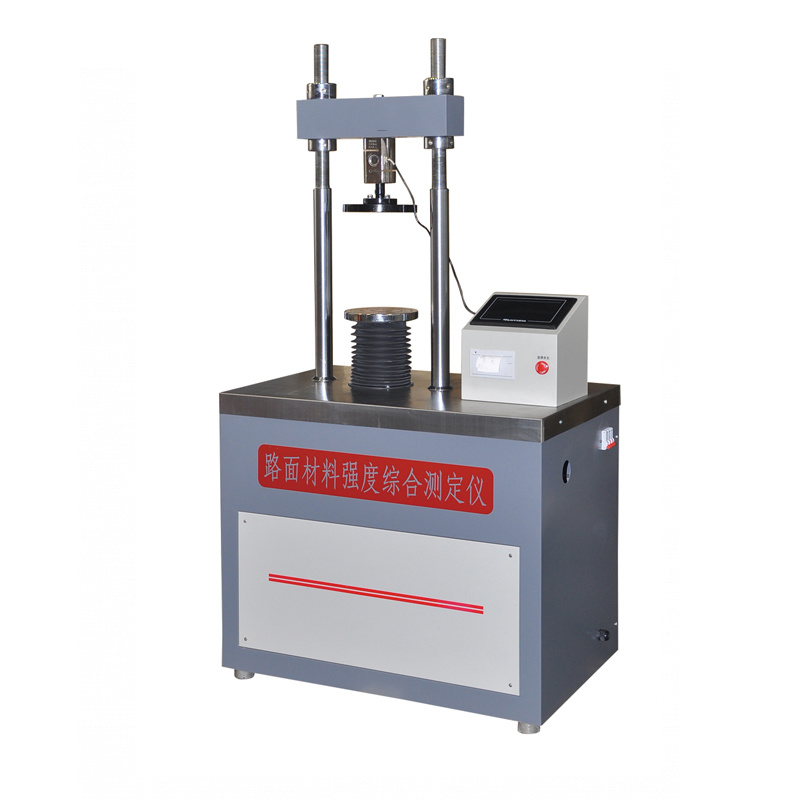Xian County, Cangzhou City, Hebei Province
Product classification
Contact Us
Phone/WeChat:+86-18713751666
WhatsApp: +8618713751666
Hejie Town, Xian County, Cangzhou City, Hebei Province
Geotechnical testing
The SYS type digital display liquid-plastic limit combined tester is used for the combined determination of the liquid limit and plastic limit of cohesive soil with a particle size of <0.5mm. This means it measures the maximum water content and minimum water content of cohesive soil in a plastic state, providing parameters for classifying soil types, calculating natural consistency, and plasticity index for engineering purposes.
The liquid limit test using a cup is performed by dividing the soil paste in the cup into two halves with a cutting tool, and dropping the cup from a height of 10mm at a rate of 2 times per second. When the number of drops reaches 25, the length of the two halves of the soil paste that come together at the bottom of the cup reaches exactly 13mm. The water content at this point is defined as the liquid limit.
This machine adopts a two-column support structure, which ensures a reasonable mechanical structure, thereby guaranteeing the precision of the instrument. The design is simple and elegant, and it can be used to determine the unconfined compressive strength of various stabilized soil specimens, indirect tensile strength (splitting test), bearing ratio of soil and pavement materials (including the determination of water immersion expansion), thermal stability and resistance to plastic flow of asphalt mixtures, stability and flow value (Marshall test), and it can also conduct various other tests that require vertical loads. In case of power failure or lack of power supply, it can be operated manually.
This machine combines advanced computer technology with high-precision sensor technology, making it easy to operate, with accurate test data and stable performance. The instrument is equipped with overload protection. It performs automatic testing and automatic recording. The main unit uses a two-column support, with a reasonable mechanical structure that ensures the accuracy of the instrument. The design is simple and elegant. After installing the pressure sensor, it can be used to determine the unconfined compressive strength of various stabilized soil specimens, CBR tests, Marshall stability tests, and can also conduct other tests that require vertical loads. It can also be operated manually in case of power failure or lack of power supply.
The California Bearing Ratio (CBR) testing apparatus is used to conduct bearing ratio tests on various soils and pavement base and subbase materials after preparing specimens in a specified test cylinder. This test should comply with the JTG3430-2020 Highway Geotechnical Testing Regulations. The maximum particle size of the mixture should be controlled within 25mm, and should not exceed 40mm.
The California Bearing Ratio (CBR) testing apparatus is used to conduct bearing ratio tests on various soils and pavement base and subbase materials after preparing specimens in a specified test cylinder. This test should comply with the JTGE40-2007 standard and the JTJ051-93 highway geotechnical testing regulations.
Mainly used for civil engineering buildings, roads, bridges, and water conservancy infrastructure, it can quickly conduct in-situ tests on-site, verify the excavation after foundation digging, and identify the soil's penetration resistance P value (N) and bearing capacity [R] value.
Weight of the tested material: 30g
Moisture content measurement range: 0~30%
Proportional method measurement range: 0~85%
The electric lime soil unconfined pressure tester, strain-type unconfined pressure tester, and lime soil press are used to determine the axial pressure exerted on saturated soft clay under conditions of no lateral confinement until the sample fails, in order to obtain the unconfined compressive strength of the soil.
The electric lime soil unconfined pressure tester, strain-type unconfined pressure tester, and lime soil press are used to determine the axial pressure exerted on saturated soft clay under conditions of no lateral restriction until the sample fails, in order to obtain the unconfined compressive strength of the soil.
This instrument is suitable for non-cohesive soil with particle diameters less than 5mm, and the mass of samples with particle sizes between 2-5mm should not exceed 15% of the total sample mass. It is used to determine the maximum density and minimum void ratio of the soil, which is used to calculate its relative density.
This test method is applicable for the field determination of the density of coarse-grained soil and gravel soil.
The density meter consists of a sand container, a sand filling funnel, and a base. The sand filling funnel is 135mm high and has a diameter of 165mm. The volume of the sand container is 4L, and it is connected to the sand filling funnel by a threaded connection. The tail of the sand filling funnel has a cylindrical valve with a hole diameter of 13mm, and the base supports both the sand filling funnel and the sand container.
This machine is mainly used in conjunction with multifunctional electric compaction instruments, Marshall electric compaction instruments, lightweight manual compaction instruments, heavyweight manual compaction instruments, and various test molds for demolding test specimens.
This machine combines advanced computer technology with high-precision sensor technology, making it easy to operate, providing accurate test data, and ensuring stable performance.
The purpose of the instrument test is to determine the maximum and minimum void ratios of non-cohesive soil, which is used to calculate the relative density. This helps to understand the looseness or compactness of the soil in its natural state or after compaction, as well as the stability of the soil particle structure.
This machine is mainly used in conjunction with multifunctional electric compaction instruments, Marshall electric compaction instruments, lightweight manual compaction instruments, heavyweight manual compaction instruments, and various test molds for demolding test specimens.


